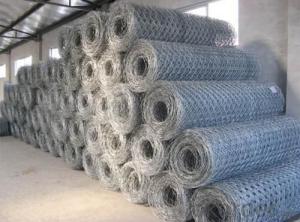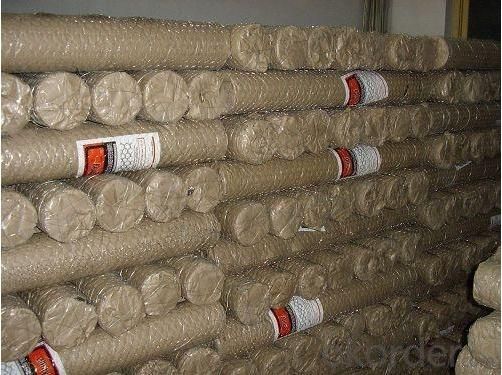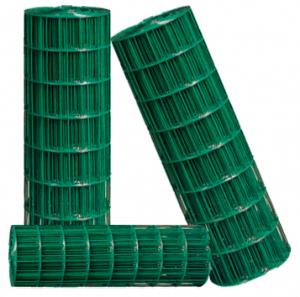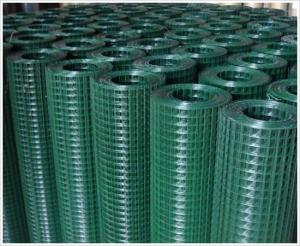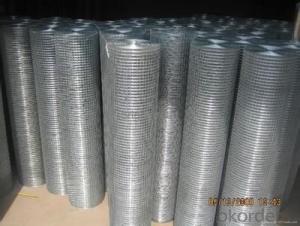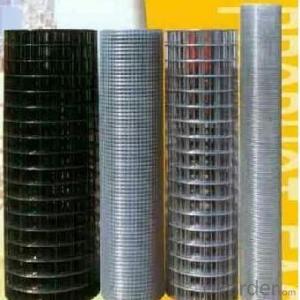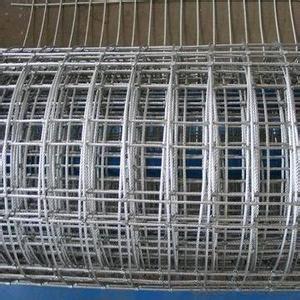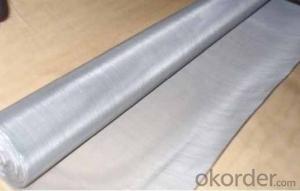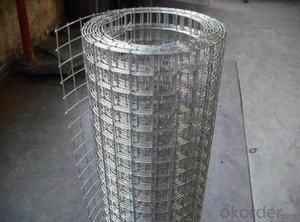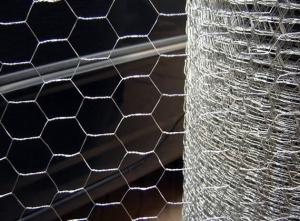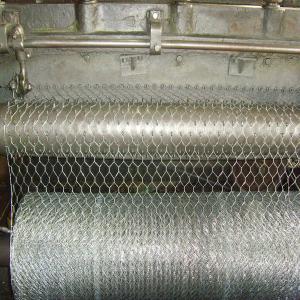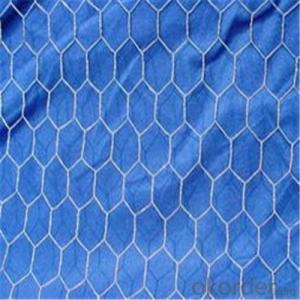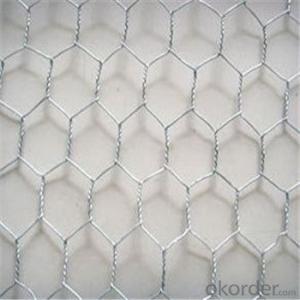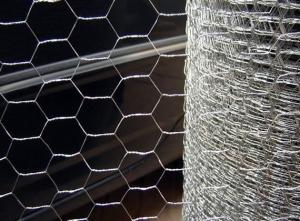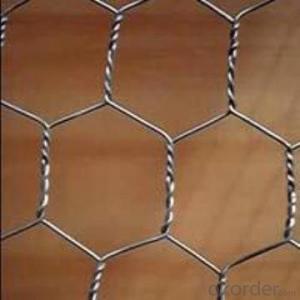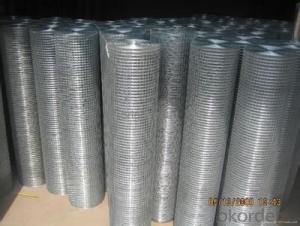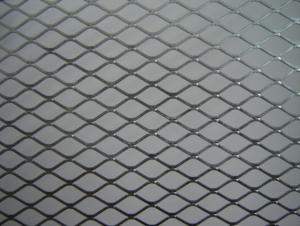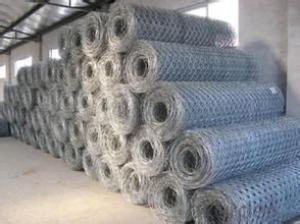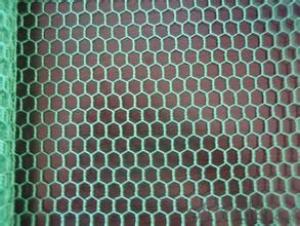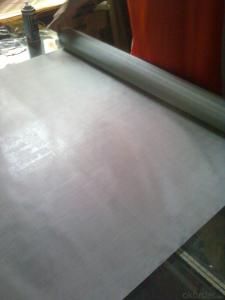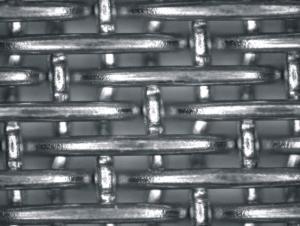Electric Galvanized Hexagonal Wire Netting for Chicken
- Loading Port:
- Tianjin
- Payment Terms:
- TT OR LC
- Min Order Qty:
- 50 roll
- Supply Capability:
- 5000 roll/month
OKorder Service Pledge
OKorder Financial Service
You Might Also Like
Introduction of Galvanized Hexagonal Wire Mesh
Galvanized Hexagonal Wire Mesh is made of by high quality galvanized wire, Low carton steel wire, stainless steel wire, iron wire, Galvanized steel wire.
Application of Galvanized Hexagonal Wire Mesh
Galvanized Hexagonal Wire Mesh is widely used in industrial and agricultural constructions, Rockwool, fence for poultry cage, fishing cage, playground fence and Christmas decorations
Surface treatment of Galvanized Hexagonal Wire Mesh
a. Black (mild steel wire)
b. Electro galvanized, (galvanized before welding, galvanized after welding)
c. Hot dip galvanized, (galvanized before welding, galvanized after welding)
d. Stainless Steel Wire
Advantage of Galvanized Hexagonal Wire Mesh
Our Galvanized Hexagonal Wire Mesh has strong corrosion-resisting and oxidation-resisting, stable shape, clean ends, good packing with good quality and rock bottom price.
Packing of Galvanized Hexagonal Wire Mesh
1. Waterproof paper then PVC shrinked
2. PVC shrinked only
3. Black waterproof paper only
4. Waterproof paper then metal/wooden pallet
5. Plastic film then carton
(Also as your request. )
Pictures of Galvanized Hexagonal Wire Mesh
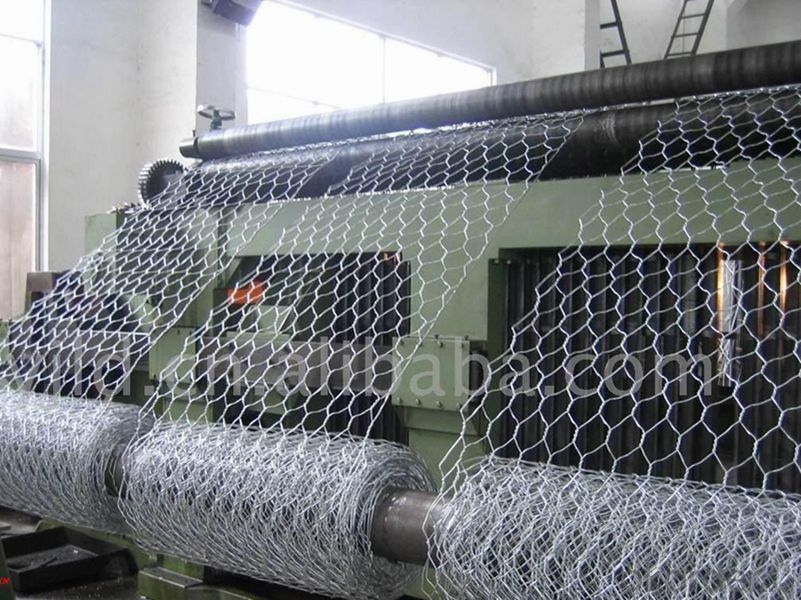
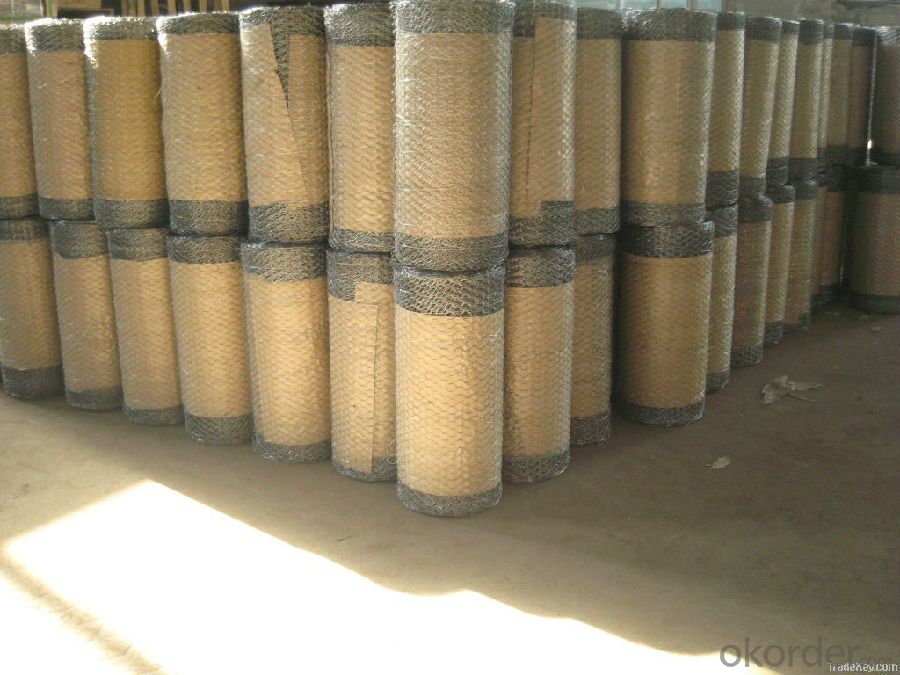
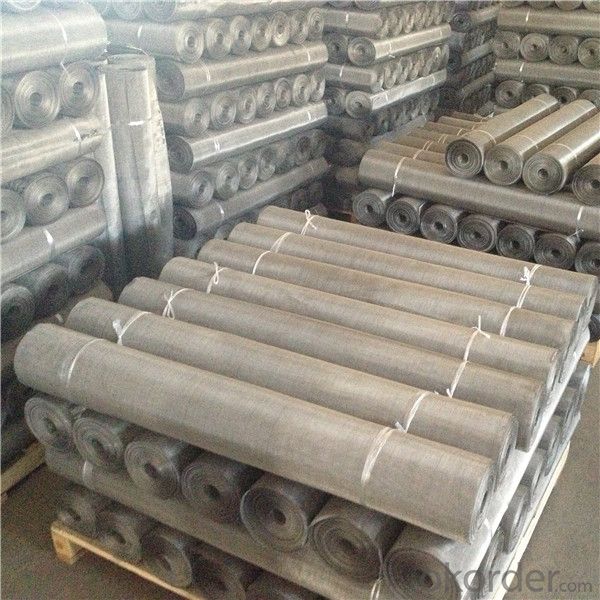
Specification of Galvanized Hexagonal Wire Mesh
Mesh Opening | Wire Thickness | Width | |||
inch | mm | bwg | mm | inch | m |
3/8 | 10 | 27; 26; 25; 24; 23 | 0.40-0.63 | 12-48 | 0.3-1.2 |
1/2 | 13 | 27; 26; 25; 24; 23; 22; 21; 20 | 0.40-0.88 | 12-80 | 0.3-2.0 |
5/8 | 16 | 27; 26; 25; 24; 23; 22; 21; 20 | 0.40-0.88 | 12-48 | 0.3-1.2 |
3/4 | 19 | 27; 26; 25; 24; 23; 22; 21; 20 | 0.40-0.88 | 12-80 | 0.3-2.0 |
1 | 25 | 27; 26; 25; 24; 23; 22; 21; 20 | 0.40-0.88 | 12-80 | 0.3-2.0 |
1-1/4 | 30 | 24; 23; 22; 21; 20; 19; 18 | 0.56-1.25 | 12-48 | 0.3-1.2 |
1-1/2 | 40 | 23; 22; 21; 20; 19; 18 | 0.63-1.25 | 12-80 | 0.3-2.0 |
2 | 50 | 23; 22; 21; 20; 19; 18; 17 | 0.63-1.47 | 12-80 | 0.3-2.0 |
3 | 75 | 23; 22; 21; 20; 19; 18; 17; 16; 15 | 0.63-1.83 | 12-80 | 0.3-2.0 |
4 | 100 | 16; 15; 14; 13; 12 | 1.65-2.77 | 20-160 | 0.5-4.0 |
Mesh Opening | Wire Thickness | Width | |||
inch | mm | bwg | mm | inch | m |
1 | 25 | 25; 24; 23; 22; 21; 20; 19; 18 | 0.51-1.25 | 12-80 | 0.3-2.0 |
1-1/4 | 30 | 25; 24; 23; 22; 21; 20; 19; 18 | 0.51-1.25 | 12-80 | 0.3-2.0 |
1-1/2 | 40 | 25; 24; 23; 22; 21; 20; 19; 18 | 0.51-1.25 | 12-80 | 0.3-2.0 |
2 | 50 | 25; 24; 23; 22; 21; 20; 19; 18; 17 | 0.51-1.47 | 12-80 | 0.3-2.0 |
3 | 75 | 23; 22; 21; 20; 19; 18; 17 | 0.63-1.47 | 12-80 | 0.3-2.0 |
FAQ
We have organized several common questions for our clients,may help you sincerely:
1.What is the storage condition?
The Galvanized Hexagonal Wire Mesh should be stored at room temperature and kept from wet and heat source.
2. How to guarantee the quality of the products?
We have established the international advanced quality management system,every link from raw material to final product we have strict quality test;We resolutely put an end to unqualified products flowing into the market. At the same time, we will provide necessary follow-up service assurance.
3. How long can we receive the product after purchase?
In the purchase of product within four working days, we will arrange the factory delivery as soon as possible. The specific time of receiving is related to the state and position of customers. Commonly 7 to 10 working days can be served.
- Q: What are the different opening sizes available for steel wire mesh?
- Steel wire mesh offers a range of opening sizes that can vary depending on specific needs and applications. Typically, the size of the openings is determined by the distance between adjacent wires in the mesh, known as the "center-to-center" or "clear opening" measurement. Opening sizes for steel wire mesh commonly fall between 0.025 inches and 2 inches, but can be customized to meet specific requirements. It's important to consider the intended use of the steel wire mesh when selecting the opening size. Smaller openings are ideal for filtration, sieving, and protection against small insects or debris, while larger openings are suitable for fencing, animal enclosures, or architectural purposes. In summary, the available opening sizes for steel wire mesh range from very small to quite large, and the choice of size depends on the intended application and specific requirements.
- Q: Can steel wire mesh be used for gardening?
- Yes, steel wire mesh can be used for gardening. It is a versatile material that can be used for various purposes in a garden. Steel wire mesh can be used as a protective barrier to keep pests and animals out of your garden by creating a physical barrier around the plants. It can also be used as a trellis for climbing plants, providing support and structure for them to grow on. Additionally, steel wire mesh can be used to create plant cages or plant supports, helping to keep plants upright and preventing them from bending or breaking under the weight of their fruits or flowers. Overall, steel wire mesh is a durable and versatile option for various gardening applications.
- Q: Can steel wire mesh be used for reinforcement in concrete?
- Yes, steel wire mesh can be used for reinforcement in concrete. Steel wire mesh is commonly used as a reinforcement material in concrete structures to enhance their strength and durability. It provides additional support to the concrete by preventing cracks and improving its resistance to tension and bending forces. The steel wire mesh is typically placed within the concrete during the pouring process, creating a grid-like pattern that reinforces the entire structure. This reinforcement helps to distribute the load more evenly and improves the overall structural integrity of the concrete.
- Q: What are the different shapes of steel wire mesh available?
- There are various shapes of steel wire mesh available, including square, rectangular, diamond, hexagonal, and customized shapes based on specific requirements.
- Q: Is steel wire mesh suitable for poultry farming?
- Indeed, poultry farming finds steel wire mesh to be a fitting option. This material proves itself as both durable and robust, effectively ensuring the containment and protection of poultry. It establishes a secure perimeter, preventing the fowl from either escaping or falling prey to predators. Furthermore, steel wire mesh allows for the necessary ventilation and airflow within the poultry enclosure, thereby maintaining a healthy environment for the birds. Moreover, its easy maintenance and cleaning characteristics make it a practical choice for poultry farming. In summary, steel wire mesh emerges as a dependable and efficient choice when it comes to constructing safe and secure enclosures for poultry farming.
- Q: What are the different weaving patterns used in steel wire mesh?
- Some of the different weaving patterns used in steel wire mesh include plain weave, twill weave, Dutch weave, and reverse Dutch weave.
- Q: Can steel wire mesh be customized to specific dimensions?
- Yes, steel wire mesh can be customized to specific dimensions. The wire mesh can be cut and shaped to fit the required size and shape depending on the specific needs and requirements of the project or application.
- Q: How does the opening shape affect the functionality of steel wire mesh?
- The opening shape of steel wire mesh affects its functionality by influencing factors such as strength, flexibility, and filtration capabilities. Different opening shapes, such as square, rectangular, or diamond, can offer varying levels of rigidity or flexibility, making the mesh suitable for different applications. Additionally, the opening shape affects the mesh's ability to filter or allow the passage of certain materials or substances. Therefore, the selection of the opening shape is crucial in determining the specific functionality and suitability of steel wire mesh for a particular use.
- Q: Can steel wire mesh be used in food processing applications?
- Yes, steel wire mesh can be used in food processing applications. Steel wire mesh is often used in the food industry for various purposes such as filtering, straining, and separating food products. It is commonly used in processes like sifting flour, straining liquids, and separating solids from liquids. Steel wire mesh is known for its durability and strength, making it suitable for heavy-duty applications in food processing plants. Additionally, steel wire mesh is resistant to corrosion, making it safe to use in contact with food. However, it is important to ensure that the steel wire mesh used in food processing applications meets the required sanitary standards and is made from food-grade materials to ensure the safety and quality of the processed food.
- Q: What are the installation requirements for steel wire mesh?
- When installing steel wire mesh, it is important to follow these steps: 1. Begin by carefully planning the layout and design of the installation. This involves determining the dimensions, shape, and location of the mesh panels, as well as considering any specific requirements or regulations. 2. Prepare the surface where the mesh will be installed. This includes cleaning the area to remove debris and leveling or smoothing out the surface if necessary. 3. Secure the mesh in place using clips, fasteners, or ties, depending on the application and requirements. 4. If needed, cut or shape the mesh to fit specific areas or conform to certain designs using appropriate tools. 5. Install the mesh by positioning and securing it according to the planned layout. This may involve overlapping panels or attaching them to a supporting structure. 6. After the installation is complete, inspect the mesh for any defects, damage, or misalignment. Address and correct any issues promptly. Consider applying coatings or treatments for added durability or aesthetics if required. In summary, successful installation of steel wire mesh involves careful planning, surface preparation, securing, cutting and shaping, precise installation, and thorough inspection. Following these steps will ensure a long-lasting and effective steel wire mesh installation.
Send your message to us
Electric Galvanized Hexagonal Wire Netting for Chicken
- Loading Port:
- Tianjin
- Payment Terms:
- TT OR LC
- Min Order Qty:
- 50 roll
- Supply Capability:
- 5000 roll/month
OKorder Service Pledge
OKorder Financial Service
Similar products
Hot products
Hot Searches
Related keywords
